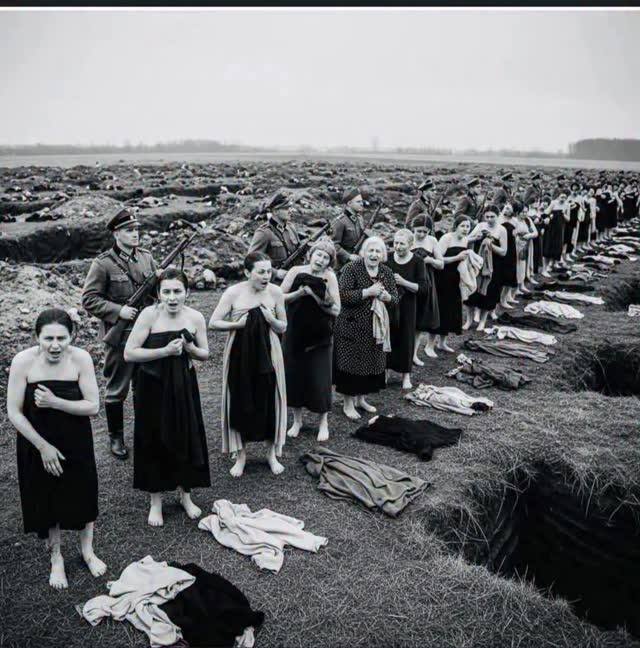A Dark Chapter in History
In the heart of Ukraine, a tragedy unfolded that would mark a dark chapter in human history—the Babi Yar massacre. This event, one of the most brutal and heart-wrenching acts of mass murder during the Holocaust, took place over two days in September 1941. Nearly 34,000 Jewish men, women, and children were murdered in cold blood, their lives snuffed out with chilling efficiency by Nazi Einsatzgruppen (mobile killing units) and local collaborators. The massacre is not just a story of death but also one of silence, neglect, and a painful struggle for remembrance.
Babi Yar was a ravine, a place of quiet nature that became a symbol of death and destruction, as it witnessed one of the largest single massacres during the Holocaust. The victims were brought there under the pretense of being relocated, only to find themselves facing their deaths. But Babi Yar represents more than just a massacre; it symbolizes the deep dehumanization that took place during World War II, where hatred and bigotry fueled genocide, and the world watched in silence.

The Horrific Event: A March to Death
On September 29, 1941, the first phase of the massacre began. Jewish citizens of Kiev, including men, women, and children, were forcibly gathered by the Nazis under the false promise of relocation. They were told to bring their belongings, as though they were being moved to a new, safer place. But as the victims marched through the streets, they were unaware of their tragic fate awaiting them at the Babi Yar ravine.
As they arrived at the ravine, they were ordered to undress. The Nazis and their local collaborators made no effort to disguise the horror of what was to follow. The families were lined up at the edge of the ravine, stripped of their dignity and their clothes, and then, without any mercy or remorse, they were shot. The Nazis used machine guns to systematically kill them, and the bodies were left to fall into the mass graves. The efficiency of this operation is perhaps one of its most disturbing aspects—no time was wasted, no second chances were given.
There was no distinction made between the young and the old, the healthy and the infirm. Entire families were wiped out in a matter of hours. Children, mothers, fathers, and the elderly—each life snuffed out with the same brutal efficiency. The screams of the victims echoed across the ravine, as families were separated, killed, and discarded without a shred of mercy. This was not an isolated act of violence, but part of a broader strategy by the Nazis to wipe out Jews across Eastern Europe, which would later come to be known as the Holocaust.
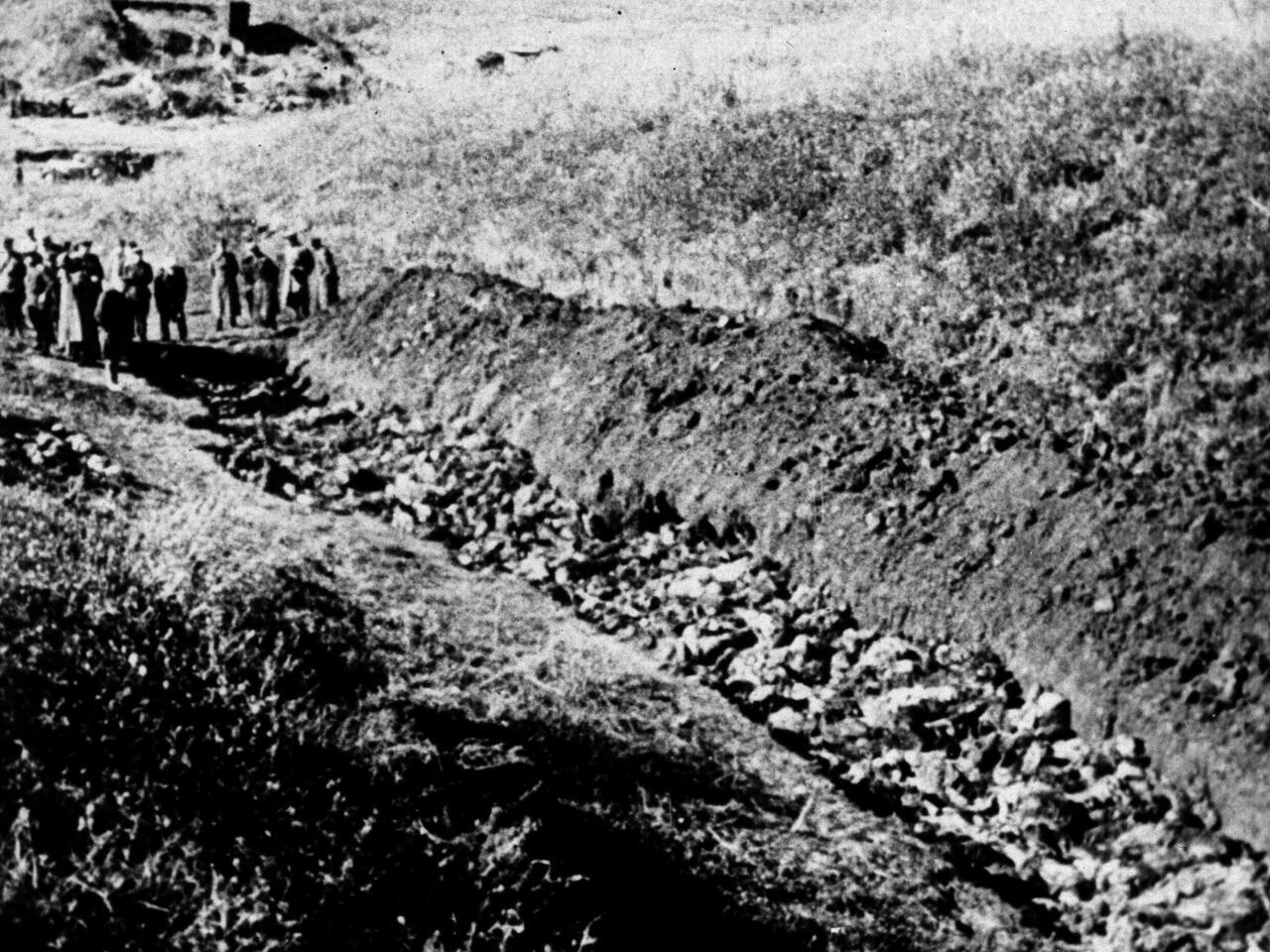
While the Nazis are often remembered as the primary perpetrators of these atrocities, the involvement of local collaborators in the massacre at Babi Yar is crucial to understanding the full scope of the tragedy. Local Ukrainian authorities and individuals worked alongside the German forces, facilitating the roundup and murder of Jewish people. These collaborators were often complicit, whether by coercion, fear, or ideological alignment with Nazi policies.
The issue of collaboration remains a painful chapter in the history of Ukraine. While some resisted the Nazis, many others played a direct role in carrying out the massacre, rounding up victims and ensuring the executions were carried out without interference. These local collaborators were not just passive participants; they were active agents in the execution of the massacre. Their involvement was not unique to Babi Yar but part of a larger pattern of collaboration that occurred across Eastern Europe during the war.
The question of how to come to terms with this dark past has remained a point of contention. In the years following the war, the role of local collaborators was downplayed, and efforts to confront this painful history were often stifled. For decades, the massacre remained shrouded in silence, a truth too uncomfortable to confront.
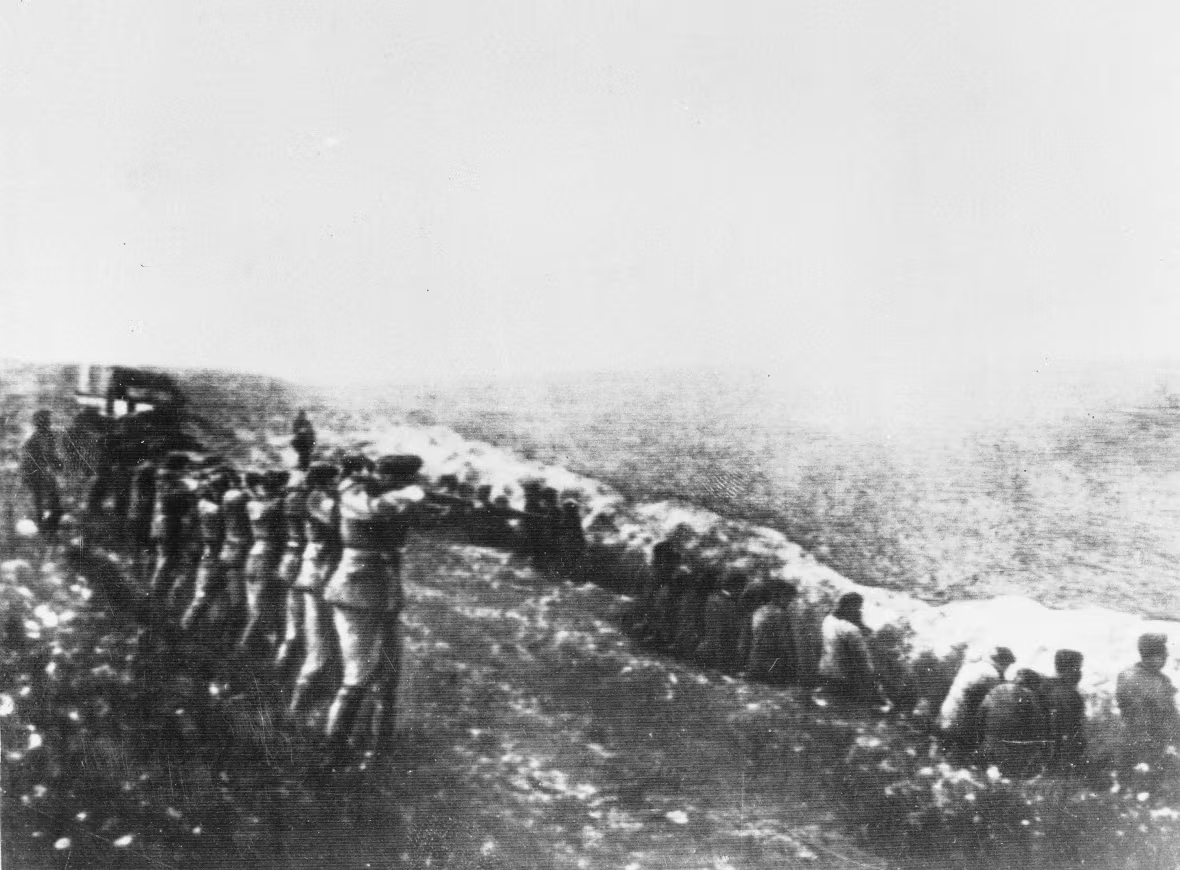
The Aftermath: Silence and Neglect
The immediate aftermath of the massacre was one of chaos and grief. But as the years passed, the tragedy of Babi Yar slipped from public memory. During the Soviet era, there was little official recognition of the massacre. The Soviet government, which controlled Ukraine at the time, was reluctant to acknowledge the role of local collaborators and the full scope of the massacre. In fact, for many years, the site of Babi Yar was neglected, and there were few efforts to memorialize the victims.
It was not until the late 20th century, after the fall of the Soviet Union, that a more concerted effort was made to preserve the memory of Babi Yar. In the 1990s, Ukraine and the broader international community began to recognize the significance of the massacre and its place in the history of the Holocaust. Monuments were erected, and survivors shared their testimonies, but the trauma of the event could not be erased by any memorial.
Despite these efforts, Babi Yar remains underrepresented in Holocaust education and memorialization. Many of the victims were Jewish, but other groups, including Roma, Soviet prisoners of war, and Ukrainian nationalists, were also killed at Babi Yar. Their stories remain under-told, and their lives are often overshadowed by the broader narrative of the Holocaust.
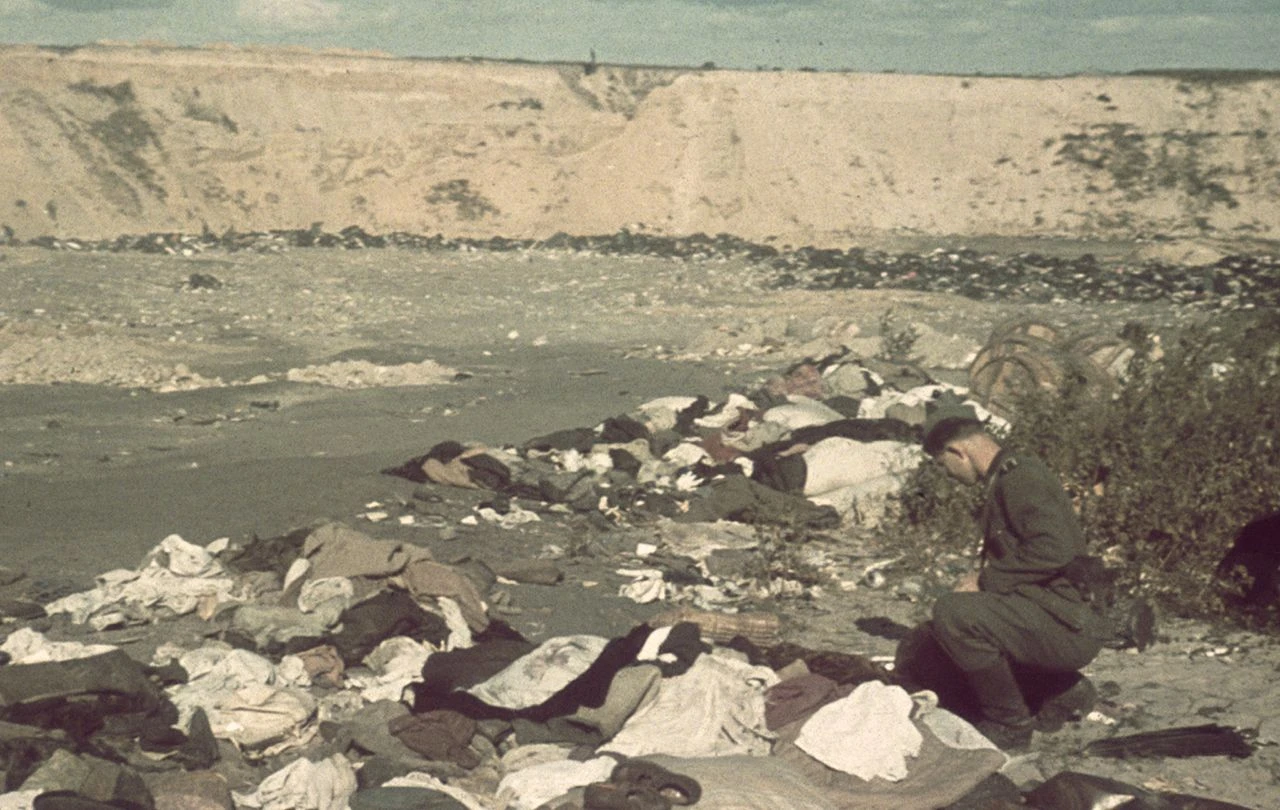
The Larger Context of the Holocaust: The Final Solution
The events at Babi Yar must be understood within the broader context of Nazi ideology and the implementation of the “Final Solution” — the systematic attempt to annihilate the Jewish people. The Babi Yar massacre was one of many mass executions carried out by the Einsatzgruppen, mobile killing units responsible for mass shootings in the occupied territories of Eastern Europe. These units were tasked with carrying out the genocide on the ground, working in concert with other military units and collaborators to round up and murder Jews, Roma, and other undesirables.
While Auschwitz and other concentration camps are often the most well-known symbols of the Holocaust, the mass shootings that took place at Babi Yar and other sites were an equally significant aspect of the Nazi genocide. The scale of the killings, the use of mobile units, and the complicity of local populations are stark reminders of the widespread nature of Nazi brutality.
The Babi Yar massacre was not just an isolated event; it was part of the larger Nazi strategy to wipe out entire communities. Over the course of the war, millions of Jews, Roma, disabled people, and others were systematically exterminated by the Nazis. The brutality of these actions serves as a reminder of the depths to which humanity can sink when prejudice, hatred, and indifference are allowed to thrive.
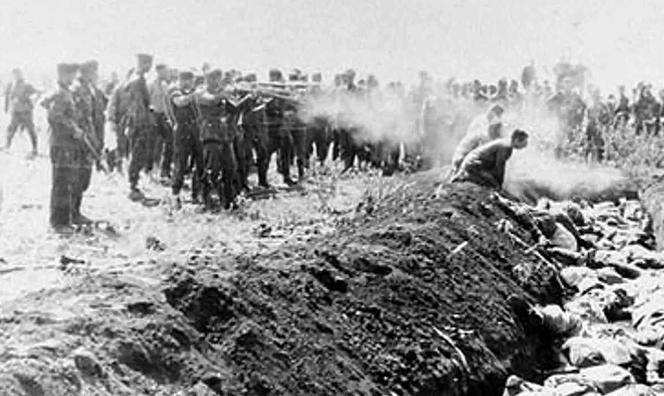
Today, Babi Yar remains a site of reflection and education. It is essential that we continue to remember the victims, not just of Babi Yar but of all the genocides that occurred during the Holocaust. The tragedy of Babi Yar is not only a story of death but also a story of survival, resistance, and resilience. Many of the survivors of Babi Yar lived to tell their stories, ensuring that the horrors of the past would not be forgotten.
As we honor the victims, we must also work to educate future generations about the dangers of hatred, bigotry, and prejudice. The lessons of Babi Yar and the Holocaust are as relevant today as they were during the war. The rise of anti-Semitism, racism, and xenophobia across the world shows that the forces of hatred are not confined to the past. We must be vigilant in combating these ideologies and ensuring that such atrocities are never repeated.
Babi Yar: Faces And Fates, 75th Anniversary Of The Tragedy” – Holocaust Museum Houston
The Babi Yar massacre is a powerful reminder of the depths of human cruelty but also of the importance of memory and education. As we reflect on the horrors of the past, we must commit ourselves to fighting hate, intolerance, and injustice in all its forms. Let us honor the memory of the victims of Babi Yar and all those who perished in the Holocaust by ensuring that their stories are told, their suffering is acknowledged, and their lives are remembered.
